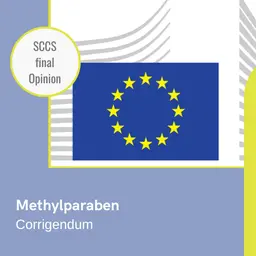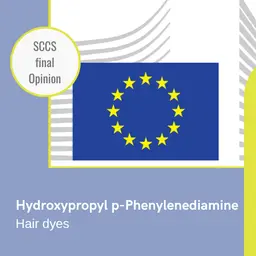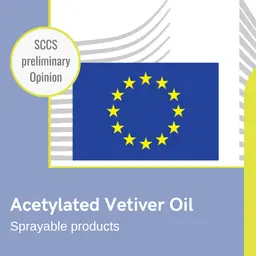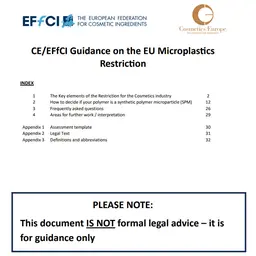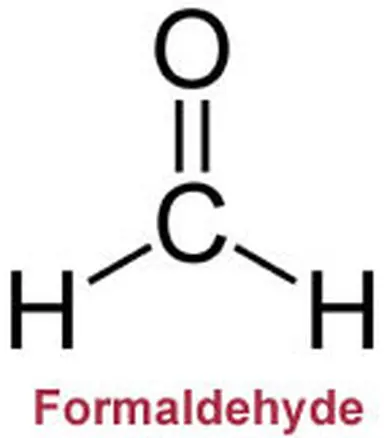
They are not the main topic; nevertheless, they are widely used in cosmetics. As for all preservatives, they must comply with some restrictions for use, but these restrictions may fall behind what one waits for after a thorough look at them. Formaldehyde releasers have difficult-to-remind names, but it’s worth it.
Formaldehyde,
INCI
name of formol, is also known as methanal or formic aldehyde.
This dehydrogenated alcohol is an
antimicrobial
preservative
, and is a substance classified by the International Agency for Research on Cancer (IARC) in the Group 1 of carcinogenic agents for humans, especially for the respiratory tract.
In its opinion dated 14 May 2009, the French Agency for Occupational Sanitary Safety (Afsset, as per its French acronym) says, "Formaldehyde is a local toxic for directly exposed surfaces (eyes, respiratory tract, and gastro-intestinal [GI] tract, skin). For the respiratory tract, critical effects of formaldehyde selected in humans are irritations of eyes and of the respiratory tract, seen for acute and chronic exposures. Formaldehyde is also the cause for nasopharynx cancers through the respiratory tract in humans …"
Furthermore, it is irritant for skin, and it is an allergenic substance very often involved in undesirable reactions (contact dermatitis, asthma, etc.). It is almost no longer used in cosmetics, except for nails hardeners, where it is still quite common.
Formaldehyde is no longer used in industry at large, but not completely forbidden by the European regulation, except for spray cans, due to its carcinogenic effect through inhalation. For the other kinds …





